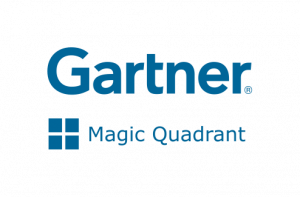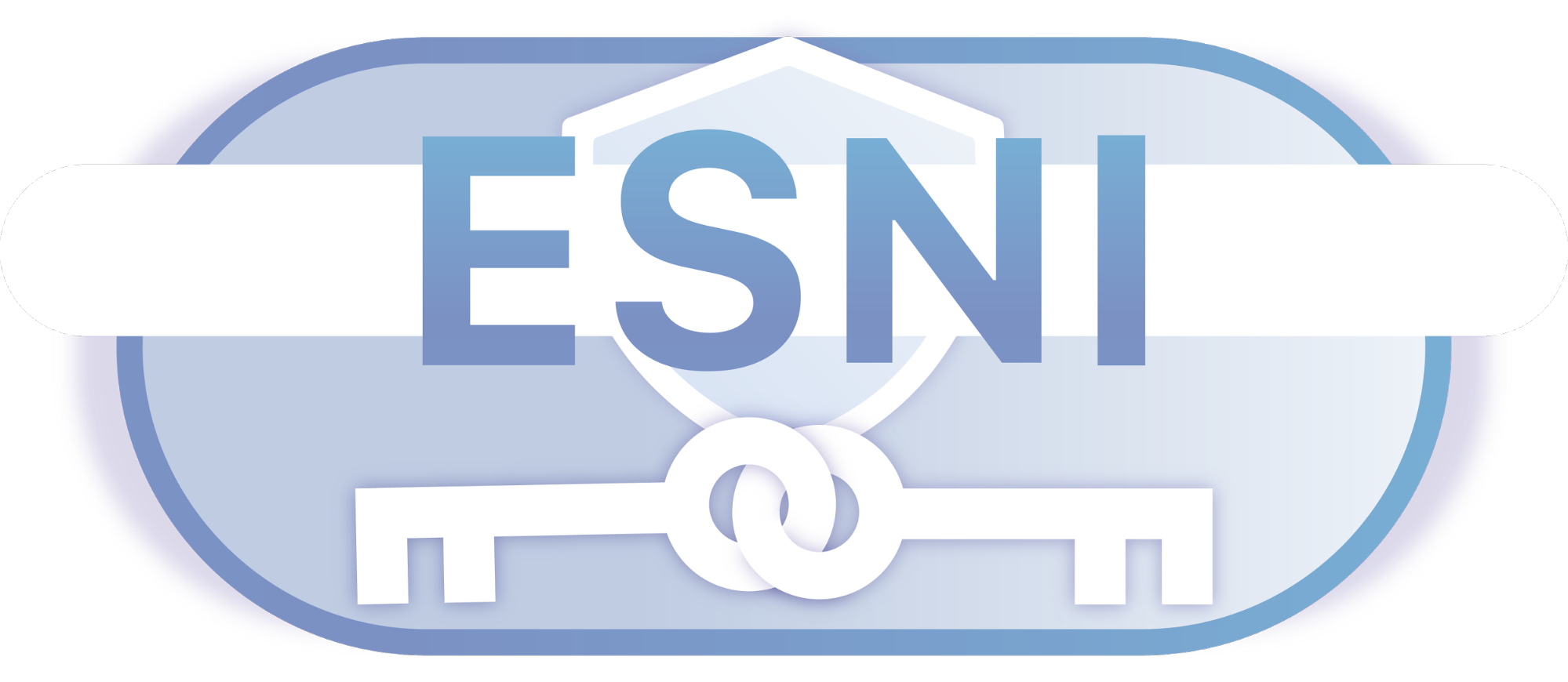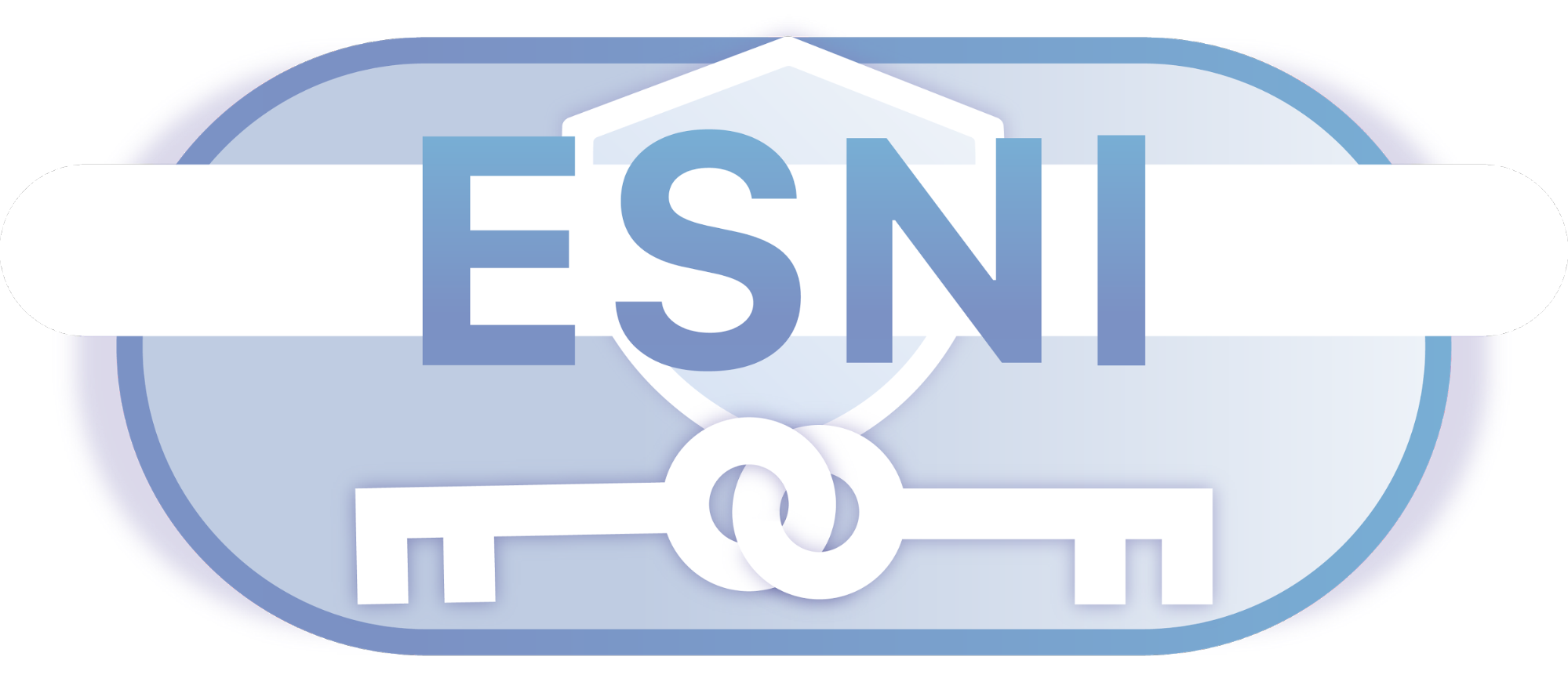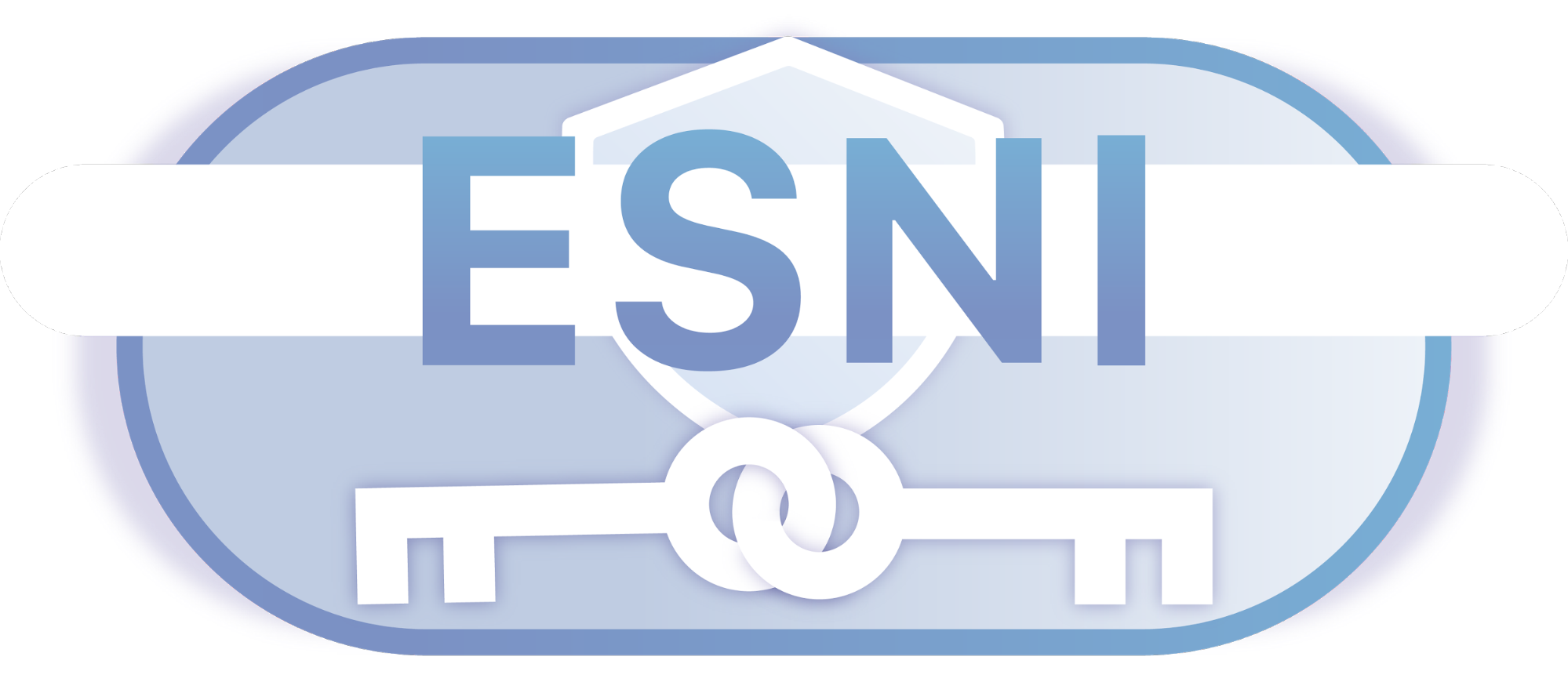Microsoft Azure IoT Plans Now Support Digital Twins
 The integration allows users to manage the digital model using event-driven and serverless methods that can then be transferred to the physical environment.
The integration allows users to manage the digital model using event-driven and serverless methods that can then be transferred to the physical environment.
Microsoft Lures SAP, Adobe Into Open Data Initiative
 The initiative supports the movement of transactional, operational, customer, or IoT data between the data lake and a customer’s operations.
The initiative supports the movement of transactional, operational, customer, or IoT data between the data lake and a customer’s operations.
IDC Predicts Telecom VNF Market to Grow at a Compound Annual Rate of 45.4%
 Worldwide revenue for the telco VNF market in 2017 stood at only $2.5 billion.
Worldwide revenue for the telco VNF market in 2017 stood at only $2.5 billion.
Intel Says Silicon Photonics Transceivers Will Be a 5G Fronthaul Savior
 Originally developed for the data center, silicon photonics can pump lots of data from the tower to the baseband unit or central office.
Originally developed for the data center, silicon photonics can pump lots of data from the tower to the baseband unit or central office.
SolarWinds Seeks $500 Million IPO
 The planned IPO comes three years private equity firms Thoma Bravo and Silver Lake took the IT management company private for $4.5 billion.
The planned IPO comes three years private equity firms Thoma Bravo and Silver Lake took the IT management company private for $4.5 billion.
BGP Security: A Gentle Reminder that Networking is Business
At NANOG on the Road (NotR) in September of 2018, I participated in a panel on BGP security—specifically the deployment of Route Origin Authentication (ROA), with some hints and overtones of path validation by carrying signatures in BGP updates (BGPsec). This is an area I have been working in for… 20 years? … at this point, so I have seen the argument develop across these years many times, and in many ways. What always strikes me about this discussion, whenever and wherever it is aired, is the clash between business realities and the desire for “someone to do something about routing security in the DFZ, already!” What also strikes me about these conversations it the number of times very fundamental concepts end up being explained to folks who are “new to the problem.”
- BGP security is a business problem first, and a technology problem second
- Signed information is only useful insofar as it is maintained
- The cost of deployment must be lower than the return on that cost
- Local policy will always override global policy—as it should
- The fear of losing business is a stronger motivator than gaining new business
Part of the problem here is Continue reading
We’ve Added New 2018 Dates To Our Bootcamp Calendar
.png)
Head over to our Bootcamps Site to view all of our upcoming Bootcamps.
Dell IPO Back on the Table
 Dell plans to interview several banks this week to discuss underwriting an IPO, according to media reports.
Dell plans to interview several banks this week to discuss underwriting an IPO, according to media reports.
IGF 2018: Improvements and a Call for Contributions

The annual meetings of the Internet Governance Forum (IGF) have been consolidated as the main space for discussion and exchange of ideas among the stakeholders of the Internet community on an equal footing. However, there are diverse activities which take place throughout the year that require the participation of all the actors of the community.
The Intersessional Activities
The concept of Dynamic Coalitions (DCs) emerged during the first IGF meeting in 2006. These are informal groups, focused on specific topics that report their activities to the IGF Secretariat each year. Currently, there are 17 active coalitions, which involve diverse topics ranging from accessibility and disability to Internet core values. It is possible to join the work of each of them by accessing the site published by the IGF Secretariat.
On the other hand, following the recommendations of the Working Group on IGF Improvements, the IGF community promoted the creation of the Best Practice Forums (BPFs) as a way to generate more tangible outcomes. For the 2018 cycle, four BPFs were approved; all of them are currently seeking feedback from the community. Some of them have a deadline of September 30, while others will receive contributions until October 15. Continue reading
CenturyLink Builds a Global SD-WAN Footprint
 The company’s SD-WAN network now is available in 30 countries in North America, Latin America, Europe, and Asia Pacific.
The company’s SD-WAN network now is available in 30 countries in North America, Latin America, Europe, and Asia Pacific.
Gartner – more than a magic quadrant

In the past I have personally given a lot of flack towards Gartner, but that was when I was in a different stage of my career. Over the past two years I’ve transitioned into management, and with that had to learn several valuable lessons. The most important, for me, being expectation management, but that’s for another blog post. The second most important would have to be effectively leveraging resources across all channels. And that’s why I wanted to talk about Gartner.
As an engineer, I found them to be a bit pedantic. They wrote these long winded articles that seemed to never get to the point, i.e. does this product deliver what the company is selling? — A lot of the analysis I’ve seen from Gartner has gotten much better in the past 10-12 years, and while I appreciate that, I think we actually have to thank ourselves for that, rather than Gartner. The freely available content available on blogs, like RouterJockey, has forced anyone hoping to sell content to step up their game. But I digress. My engagements with Gartner always felt generic, I consistently had issues with the amount of knowledge the analyst on the phone had. Continue reading
The Week in Internet News: China’s New Cyberspace Head Talks Up New Controls

“Cleansing” cyberspace: Zhuang Rongwen, recently appointed as director of the Cyberspace Administration of China, has vowed to promote “positive energy” on the Internet while suppressing “negative elements,” including “wrong ideological trends” that attack the Communist Party there, reports the South China Morning Post. Zhuang called on all Internet users to join party members to fight a people’s war to rehabilitate the “cyber ecology.”
Told ya so: Meanwhile, another article in the South China Morning Post, this one an opinion piece, defends recent Chinese crackdowns on the Internet by looking at recent U.S. congressional inquiries into ways to “contain the freewheeling online space.” The piece looks at recent outbreaks of fake news and hate speech online. Some U.S. politicians “are starting to sound a lot like China’s leaders when warning of the insidious dangers of an untamed, unregulated internet,” says the writer, a former Washington Post correspondent.
AI arms race: Speaking of fake news, it’s continued spread has triggered an Artificial Intelligence arms race, says Popular Mechanics. Using AI, the spreaders of fake news reports are becoming more difficult to spot. Meanwhile, other companies will increasingly use AI to spot fake news. Perhaps an AI vs. Continue reading
Encrypt it or lose it: how encrypted SNI works


Today we announced support for encrypted SNI, an extension to the TLS 1.3 protocol that improves privacy of Internet users by preventing on-path observers, including ISPs, coffee shop owners and firewalls, from intercepting the TLS Server Name Indication (SNI) extension and using it to determine which websites users are visiting.
Encrypted SNI, together with other Internet security features already offered by Cloudflare for free, will make it harder to censor content and track users on the Internet. Read on to learn how it works.
SNWhy?
The TLS Server Name Indication (SNI) extension, originally standardized back in 2003, lets servers host multiple TLS-enabled websites on the same set of IP addresses, by requiring clients to specify which site they want to connect to during the initial TLS handshake. Without SNI the server wouldn’t know, for example, which certificate to serve to the client, or which configuration to apply to the connection.
The client adds the SNI extension containing the hostname of the site it’s connecting to to the ClientHello message. It sends the ClientHello to the server during the TLS handshake. Unfortunately the ClientHello message is sent unencrypted, due to the fact that client and server don’t share Continue reading
Encrypting SNI: Fixing One of the Core Internet Bugs


Cloudflare launched on September 27, 2010. Since then, we've considered September 27th our birthday. This Thursday we'll be turning 8 years old.
Ever since our first birthday, we've used the occasion to launch new products or services. Over the years we came to the conclusion that the right thing to do to celebrate our birthday wasn't so much about launching products that we could make money from but instead to do things that were gifts back to our users and the Internet in general. My cofounder Michelle wrote about this tradition in a great blog post yesterday.
Personally, one of my proudest moments at Cloudflare came on our birthday in 2014 when we made HTTPS support free for all our users. At the time, people called us crazy — literally and repeatedly. Frankly, internally we had significant debates about whether we were crazy since encryption was the primary reason why people upgraded from a free account to a paid account.
But it was the right thing to do. The fact that encryption wasn't built into the web from the beginning was, in our mind, a bug. Today, almost exactly four years later, the web is nearly 80% encrypted thanks to Continue reading